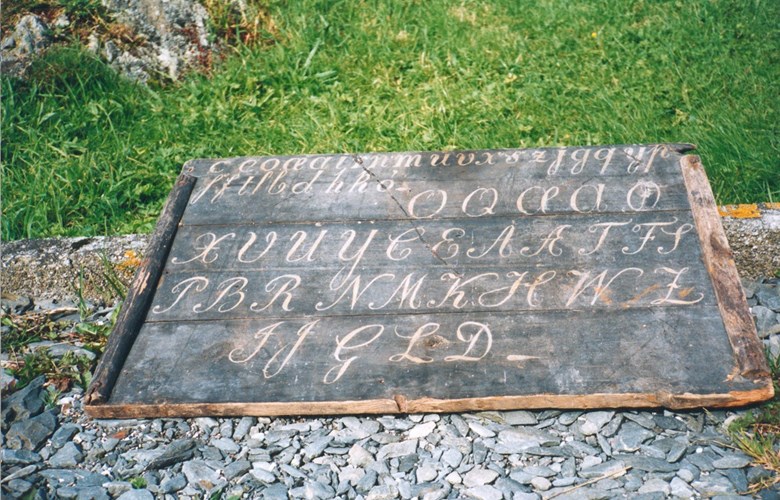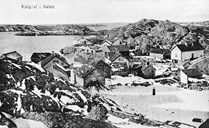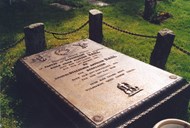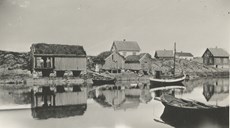The school takes shape
The start for the primary school was really the introduction of the confirmation in 1736, since no-one could be confirmed without some education in Christianity. The "Placat af 1741 (Decree of 1741) " sought to introduce structure in education, yet a hundred years were to pass before the good intentions were put into practice by the municipalities.
The decree provided for a school commission to be elected in each parish. Except for a few farms in the north, Solund (Utvær "skipreide" - an administrative unit) belonged to Eivindvik parish. Also in Eivindvik the vicar became chairman of the commission. With him were two bailiffs, from Eivindvik and Utvær, and a couple of assistants from each church. The task of the commission was to plan the school arrangement, calculate the costs, and divide the costs among the inhabitants.
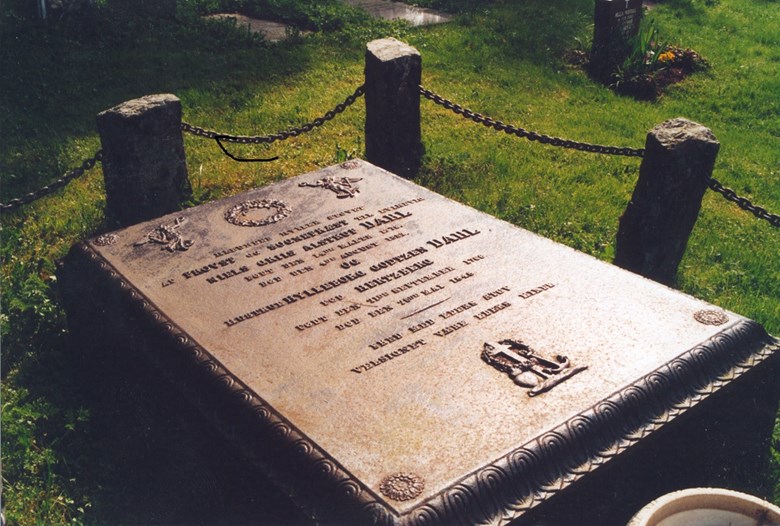
Two teachers in all of Solund
The school arrangement in Utvær "skipreide" was rather disorganized in the 1700s, and also later. Much depended on whether there were "suitable individuals" to set to work. Funds for teachers' pay were practically non-existent before the vicar Niels Dahl's time.
Solund was divided into two school districts, one in the west and one in the east, with one school keeper in each. The border was drawn through the sound of Dalesundet, but in such a way that Tungodden, Stokkevåg, and Lågøy belonged to the western district. The two districts were divided into "roder" (much like districts). In the western district there were six such "roder". The majority of the children were from eight to 15-16 years old, but there were some seven-year-olds as well.
Big and small packed around the table
The teachers' pay was in actual fact free room and board, at first, and exemption from military service. Basically everybody was expected to house the school since the idea was that costs and inconveniences should be shared by as many as possible. Those who refused could be fined. But since the fishermen's cottages were often too small for those who already lived there, school most often took place in the largest houses. Then they were perhaps compensated in some way.
But the teacher and the children went from house to house in the neighbourhoods, at Nautøy, for example, they met in six different houses. There was school, perhaps, one day in one house, two-three in another.
The weather interfered
The number of children could for several reasons vary somewhat from day to day. School stayed in a neighbourhood for 5-12 days. In the "roder" with the largest families more than twenty could find their places around the table. In Solund there were 204 of school age in 1833.
When the school keeper had made one round in a district, he immediately began the next. As a rule school visited a "rode" twice a year, but the weather often interfered. The school master must have walked or sailed to a new "rode" in the evening or in early morning, for according to the books, he is in a new place next day. A wooden board painted black and a few books he carried with him in the rowboat.
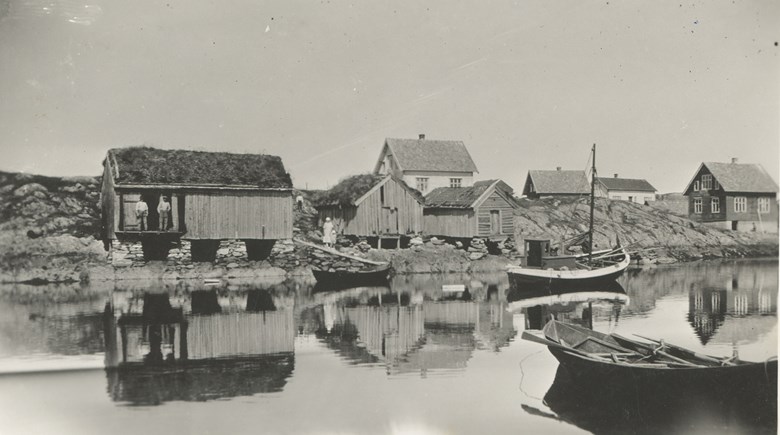
School master for fifty years
17-year-old Torkjel Jensen Grytten from Eivindvik was picked and taught by Niels Dahl to be a teacher in the western district. He came there in 1822 and taught there for fifty years. Dahl took good care of him, financially as well. After some time Jensen settled down at Indrevær and had a permanent school built there in 1844, the first in Solund. He was also a verger, and he performed house prayers with Bible examination almost every Sunday. Taking the confirmands to Eivindvik and similar short breaks constituted his spare time.
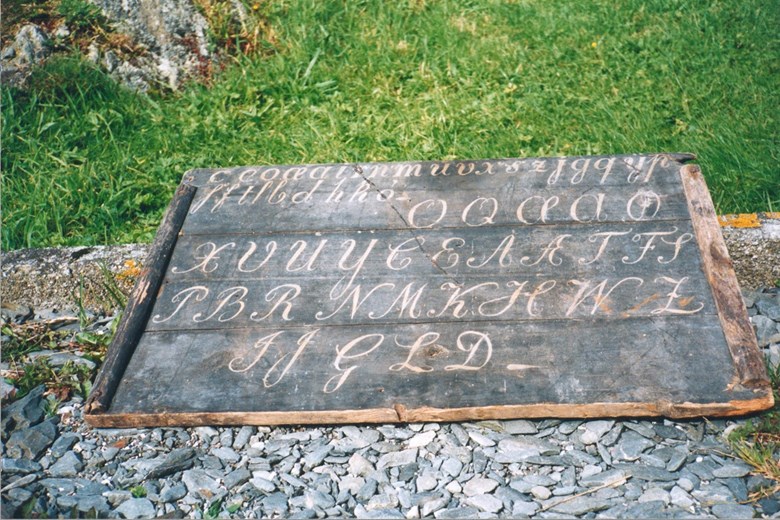
In 1864 the "roder" were replaced by twelve districts, but then Solund had been a municipality of its own for ten years, under the
name of Utvær. Only in 1893 did Solund become a school municipality.

